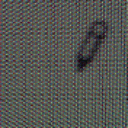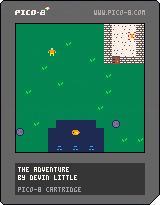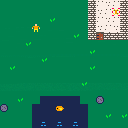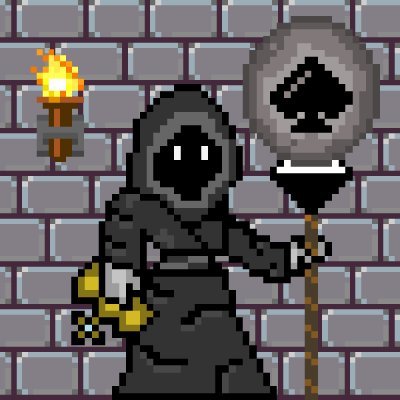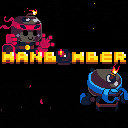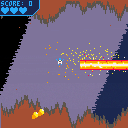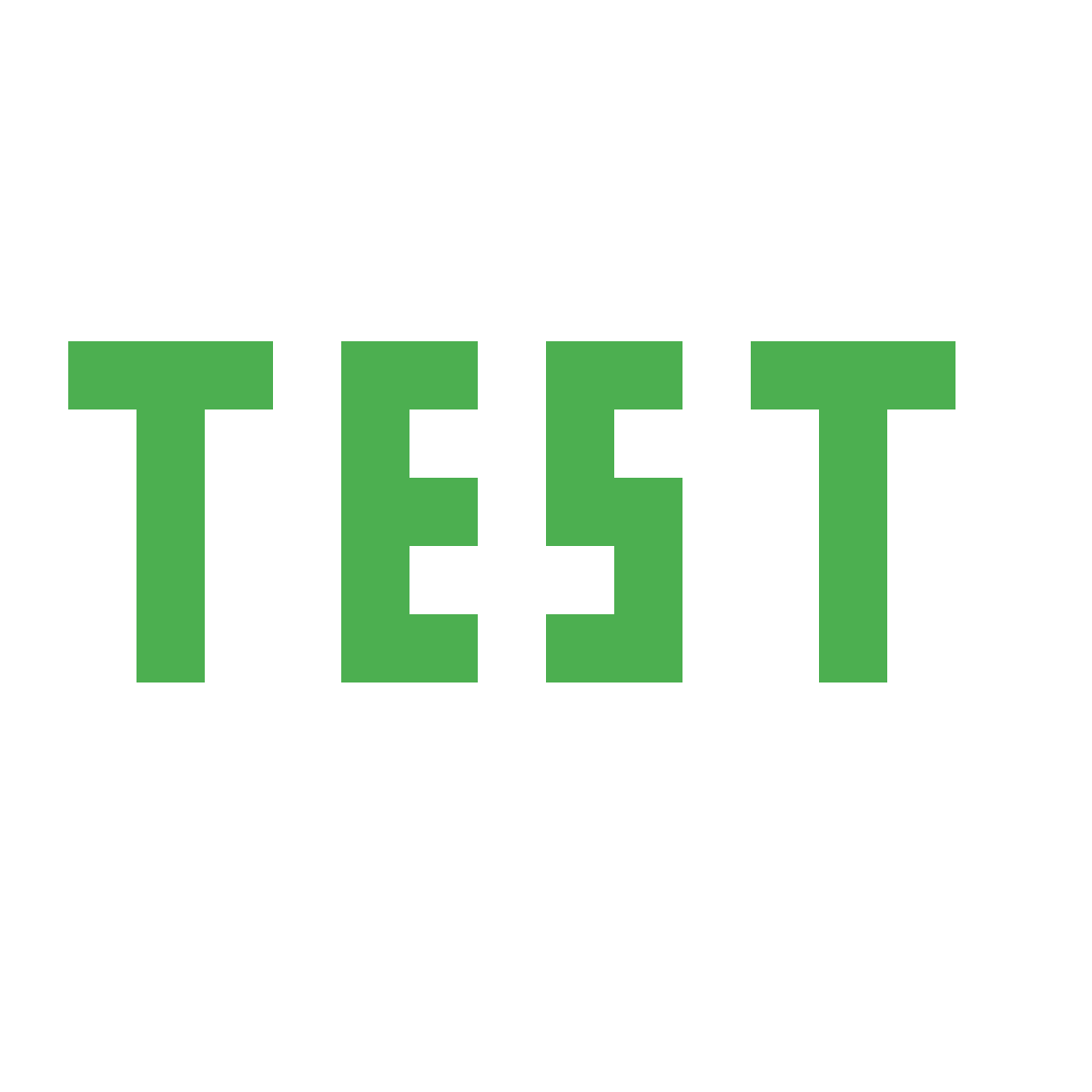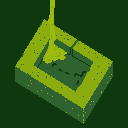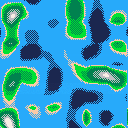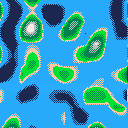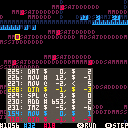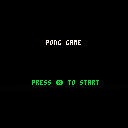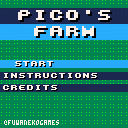
Hey!
This is my first PICO8 game that I've created while learning the basics of PICO8.

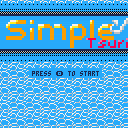
SimpleTsuri is a fishing simulator, your goal is to gather enough money to buy the trophy!
Press Z to cast your rod/dismiss a box/accept your selection.
Press X to switch to shop-inventory hybrid.
UP and DOWN selects your bait type or buy/sell option in shop-inventory.
LEFT and RIGHT moves your rod or selects an item in shop-inventory.
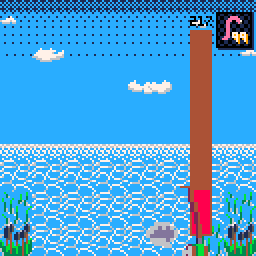
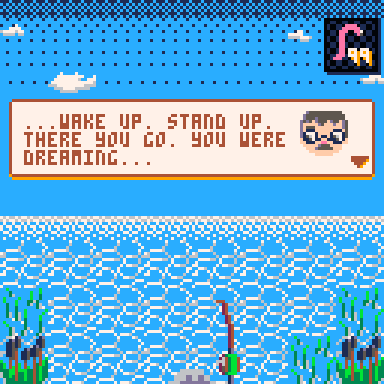
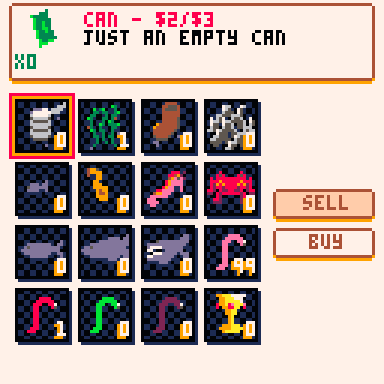
It might not have the best... anything but seeing as it was made as a learning exercise, still pretty proud of it.

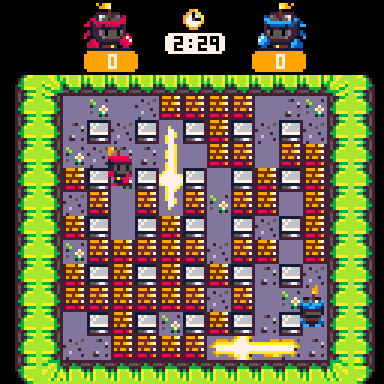
Controls
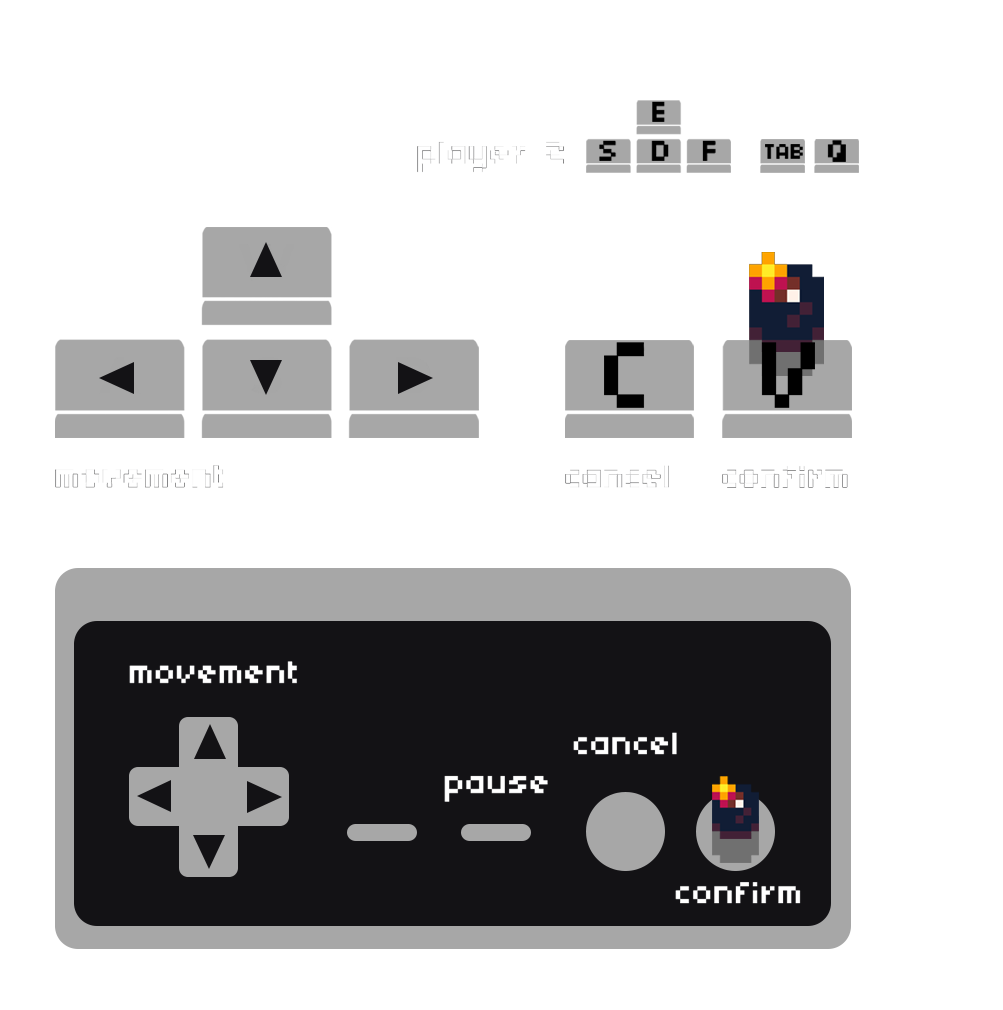
How to Play
Welcome to Manbomber, an explosive homage to the old-time multiplayer classic made with PICO-8! In this game, your goal is to drop bombs on the battlefield to eliminate all other players in time and be the last manbomber standing.
The game can be played with up to 4 players battling each other. While in the 2-player mode, both players can use the same keyboard to control their manbomber, a controller for each player is required for all other modes. Any Controller which can be connected to your device will do!
So grab a couple of friends, choose one of the three battlefields and blast off!
Items
While bombing your way through the battlefield, you will come across various items which may help (or hinder) you along the way:
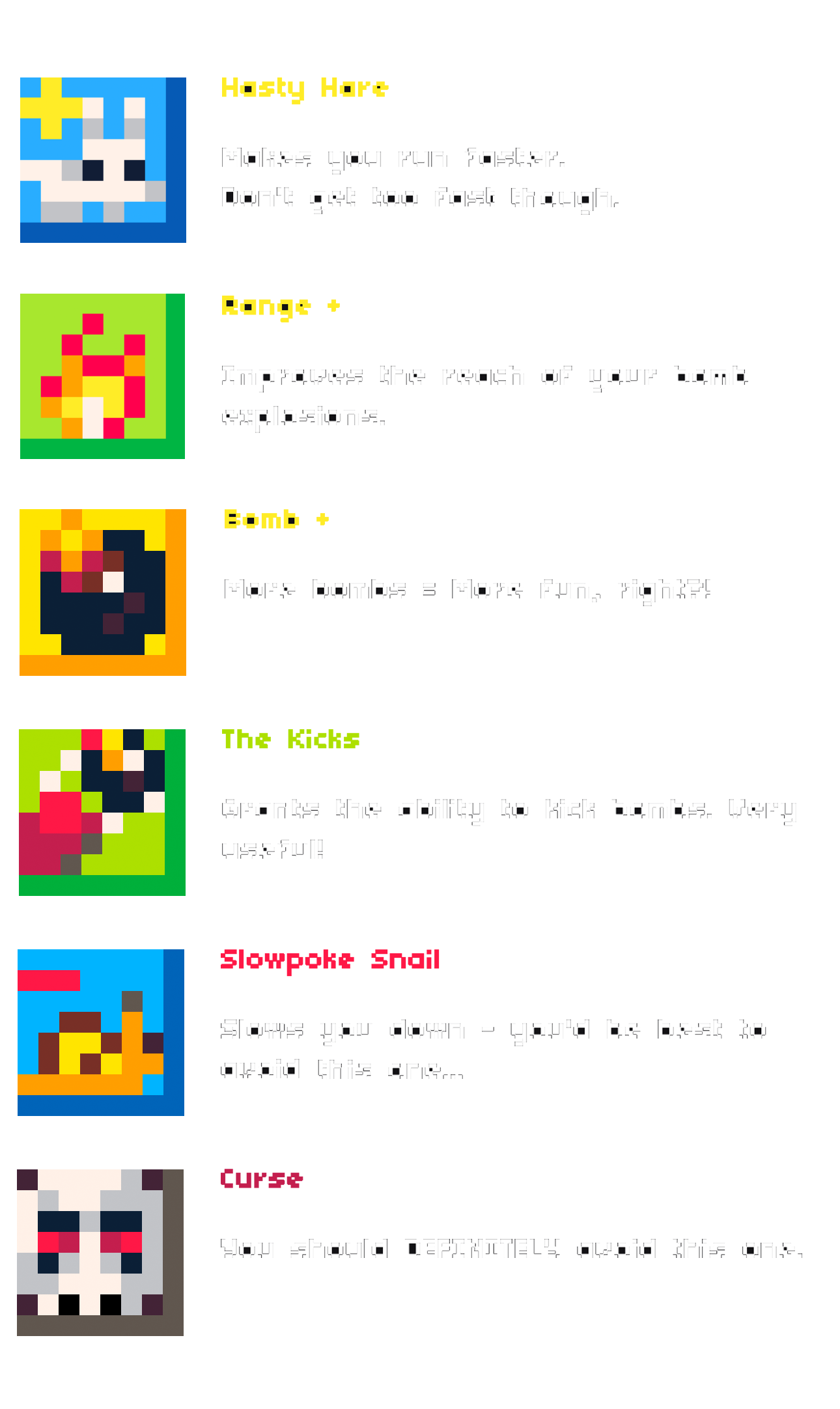
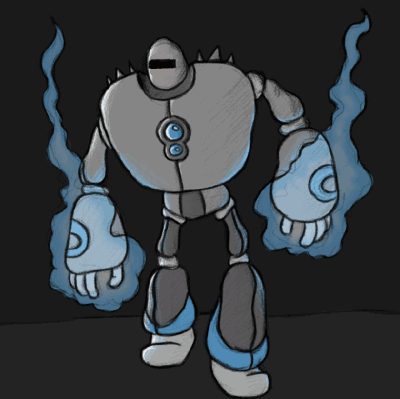



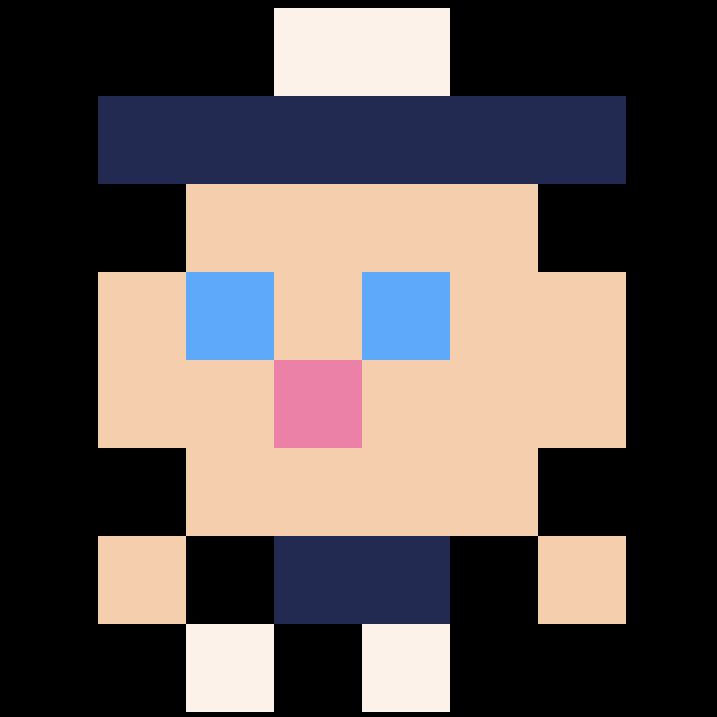

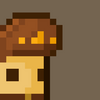
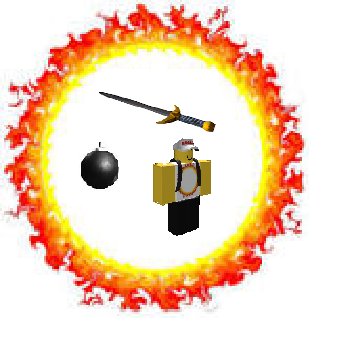
Calling this in editor:
mkdir(nil) |
will crash the editor instantly.
Opening pico8 in terminal, or running a script in headless mode containing this line (pico8 -x script.p8), allows us to see:
Segmentation fault (core dumped)
Interestingly, mkdir() (no argument at all) just shows the help, like mkdir without brackets at all.

I noticed that the screenshot captures done with F1 from the editor contain a black color #020408, while a system screenshot will show that PICO-8 uses #000000 while running.
This caused some issues as I was editing screen captures, Aseprite noticed that the color didn't match the black color from the PICO-8 palette, and operations like color replacement failed.
This may have been the case from the start, and I have no idea how many times I used screenshots in my editing process, possibly mixing "good" and "bad" black together. As they are not distinguishable with bare eyes this may be a problem for later (e.g. I try to fill an area with color bucket but it only colors a small area).
I could only find one occurrence of this color, on the PICO-8 Wikipedia talk: https://en.wikipedia.org/wiki/Talk:Pico-8
Apparently the old page was mentioning #020408 for black. Either it was the old color, or the author checked the colors from an F1 screenshot (and I would have done the same!).

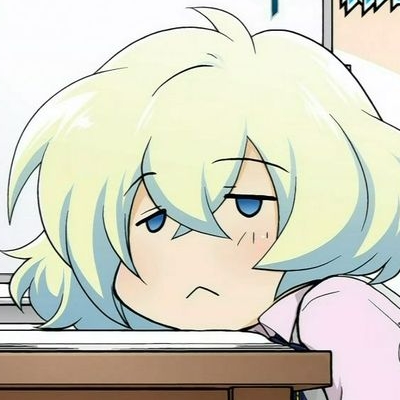
PICONICCC — demo for PICO-8.
Released at DiHalt 2021 demoparty (https://events.retroscene.org/dh2021)
Creating ST NICCC clones on all possible platforms is a demoscene challenge. The original demo uses a 640KB data file. A single PICO-8 cartridge can fit only about 12KB of arbitrary data. To fit the whole 3D scene in a single cartridge, we re-created it with 3D models. In my opinion, finding clever solutions to overcome platform limitations and do what seemed to be impossible to do is the essence of the old-school demoscene.
Credits:
Code: Megus
3D models: TmK/deMarche
Music: n1k-o/Stardust
Graphics: Diver/Stardust
Source code and tools: https://github.com/Megus/piconiccc



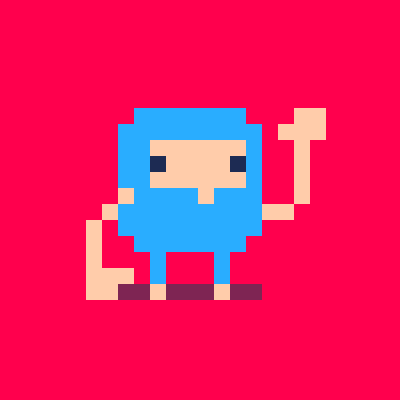
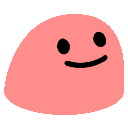

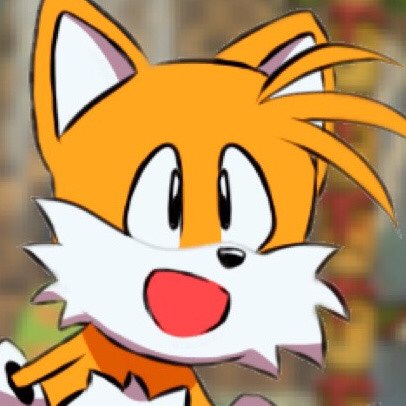
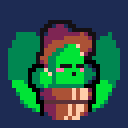



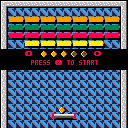
Hey, this is a very simple arkanoid remake.
Some of the collision detection and the text animations are from the known breakout tutorial.
It has 6 levels and 3 balls per game.
No points, just bricks and new levels.
Specify the difficulty at start, 5 is for the pros ;)

Hello, this is my first Pico-8 game! It's based off the great intro tutorial by Dylan Bennett, but I took it in a different direction. Your goal is simply to mine out all the nuggets and get as many as possible! Enjoy (also it's probably really hard, I could use some advice on difficulty!)
I love pico-8 and can't wait to do more stuff with it!


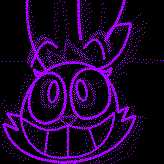
Going off of http://adrianb.io/2014/08/09/perlinnoise.html
I created a Perlin noise generator from scratch. Then I assigned the value range to some colors + lattices to simulate an archipelago!
Reload to get a new one. Download + press Z to save a particularly cute set of vectors that generate that island (will save under proc_map_vectors.json.p8l)
Pretty proud of how this turned out. I didn't port the code, per se, rather I wrote it from 0 with just the algorithm logic. Hope it's educational!
Want to take advantage of the iPad app Procreate to help design better graphics for your next game in PICO-8... Check out my FREE "Procreate PICO-8 Pack" now available on Itch.io.
The following is included:
- 🖌️ A pixel-perfect brush
- 🎨 Two PICO-8 color palettes
- The standard colors
- The secret colors - 📄 A PICO-8 Canvas
- 128px x 128px @ 72dpi
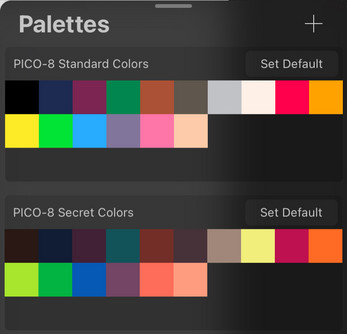
Enjoy and I hope it helps make even greater games for this fun to code fantasy console!

Hi All,
Is there a way to recover corrupted carts?
A couple of days ago my in-dev cart (& backups) stopped working - throwing an application error, and writing a nullpointer in msvcrt.
Might have something to do with .xm music imports?
Reinstalling doesn't do anything, and I can't see any system updates in that timeframe.
Win10/Vox3.5b
**Warning: I'm adding the cart here but (on my system anyway) it will crash the chrome session when run.
Cheers



Corewar is played between two programs written in Redcode, a low-level language similar to assembly.
Players write a program to eliminate all opponents in the memory (core) of the virtual computer.
The "sandbox" goal of Corewar is to write code that will cause your opponent code to terminate.
A set of challenges with incremental difficulty (like in all Zachlikes) is yet to be created.
This game is part of the Zachlike Jam and currently work in progress.
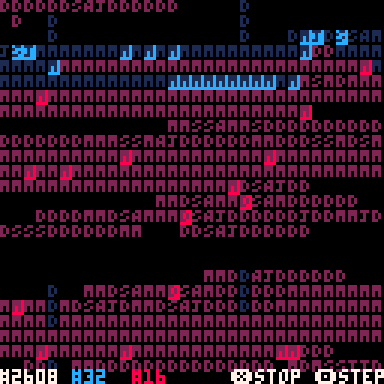
The above screen with the dancing letters shows a 800 cell memory (core), with 1 instruction per memory
location. The letters represent the first character of the opcode stored in that memory location


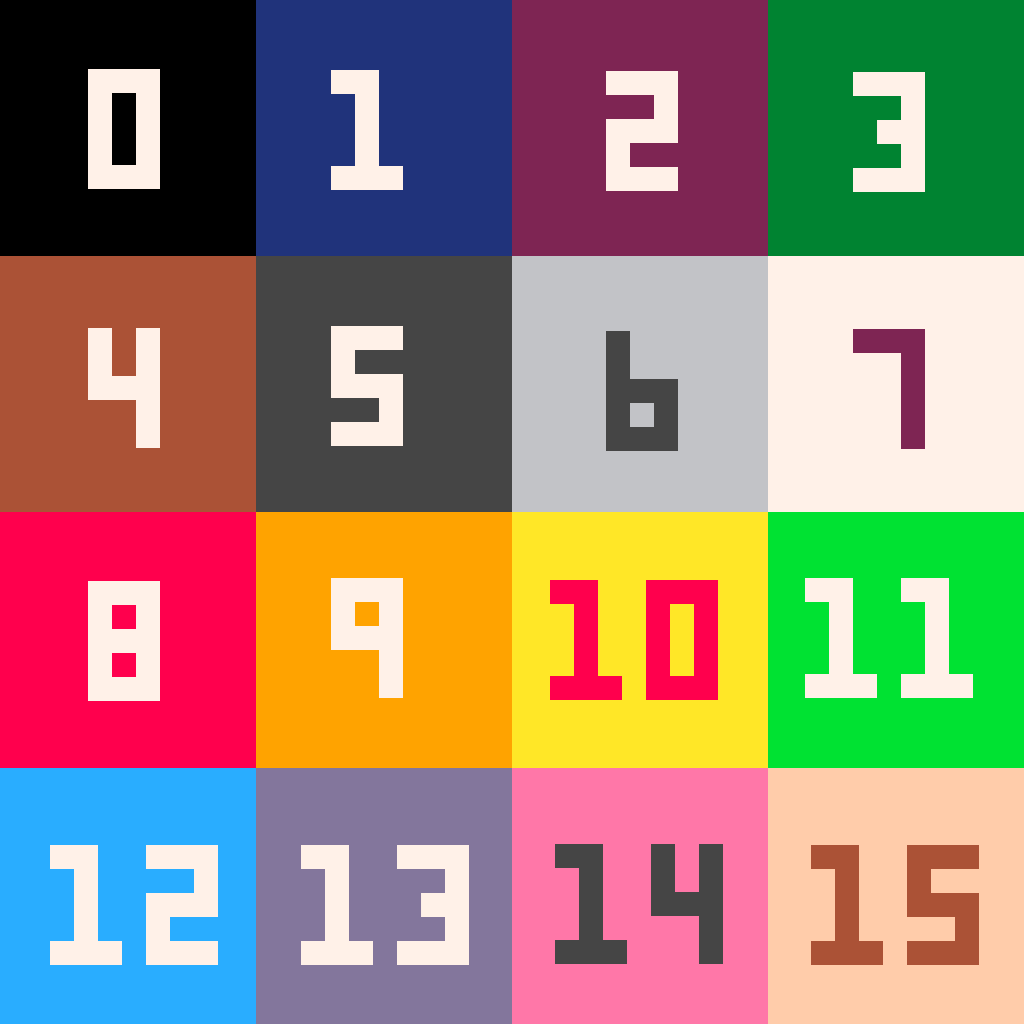
Hi All,
I wrote a small function to scale 8x8 sprites using a sprite number instead of using sspr() itself and having to pick out the x and y position each time.
I'm using it for the Toy Box Jam 2 where you have a spritesheet already made and you want to quickly resize things.
Updated function with feedback from @freds72 and @MBoffin:
function xspr(sprt,x,y,w,h) --sprt: sprite number --x: x position --y: y position --w: new sprite width --h: new sprite height local sx=(sprt%16)*8 local sy=sprt\16*8 sspr(sx,sy,8,8,x,y,w,h) end |
Original function:
Probably already exists someplace but thought I'd share my own solution to the problem.


MOTORBIKE
Her is my second game ! Motorbike
In Motorbike you have to survive as long as possible while dodging car.
Use the arrow key to control the Motorbike.
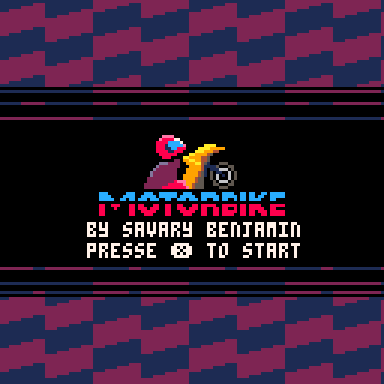
The longer you survive, the harder it gets !
In Motorbike you have 4 difficulties,
The first one, and the most easy of all is Normal Speed.
This is your speed at the beginning,
you will have the time to see the other car coming
and getting used to the control.
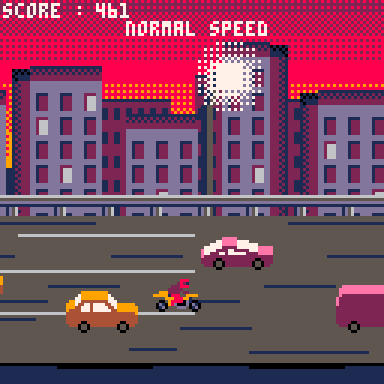
Then there is High Speed, still easy,
but can put you in difficult situation at times.
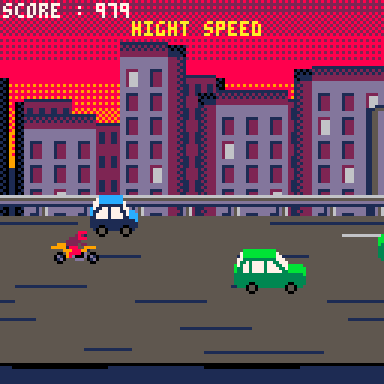




I use an external editor when working with P8. Due to years of programming experience with CamelCase, I have written all my code in that format, accepting that it won't look right in the P8 editor. Everything has been working fine for me.
I discovered today, though, that there's no mechanism for me to inspect values at runtime, since I can't type "puny" (uppercase) letters into the Esc command line. Thus I can't do
print(myVariable)
I tried copying from my external editor, typing in all standard-case, or pressing Ctrl-P. None of these helped.


A game made in roughly 3 days for the ToyBoxJam 2020! Plant some crops and stay out of debt. See how many days you can last.
This doesn't quite have all the stuff that I wanted to put in it, but now that the deadline is extended I'll probably keep playing with the concept :)
It definitely needs a good chunk of optimization, but I still think it's a fun little toy.
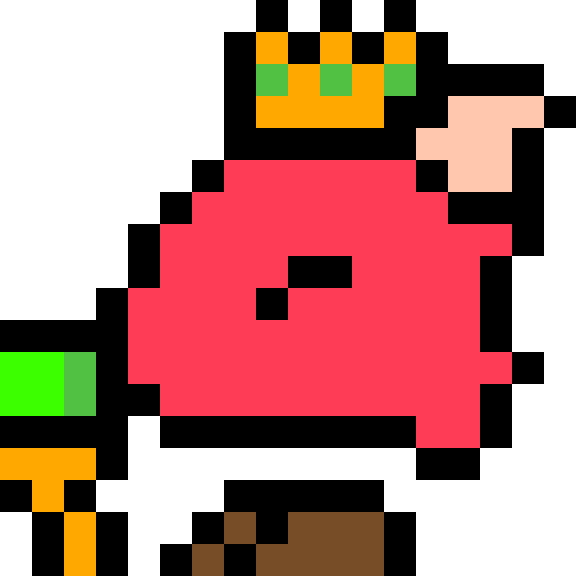







 2 comments
2 comments

